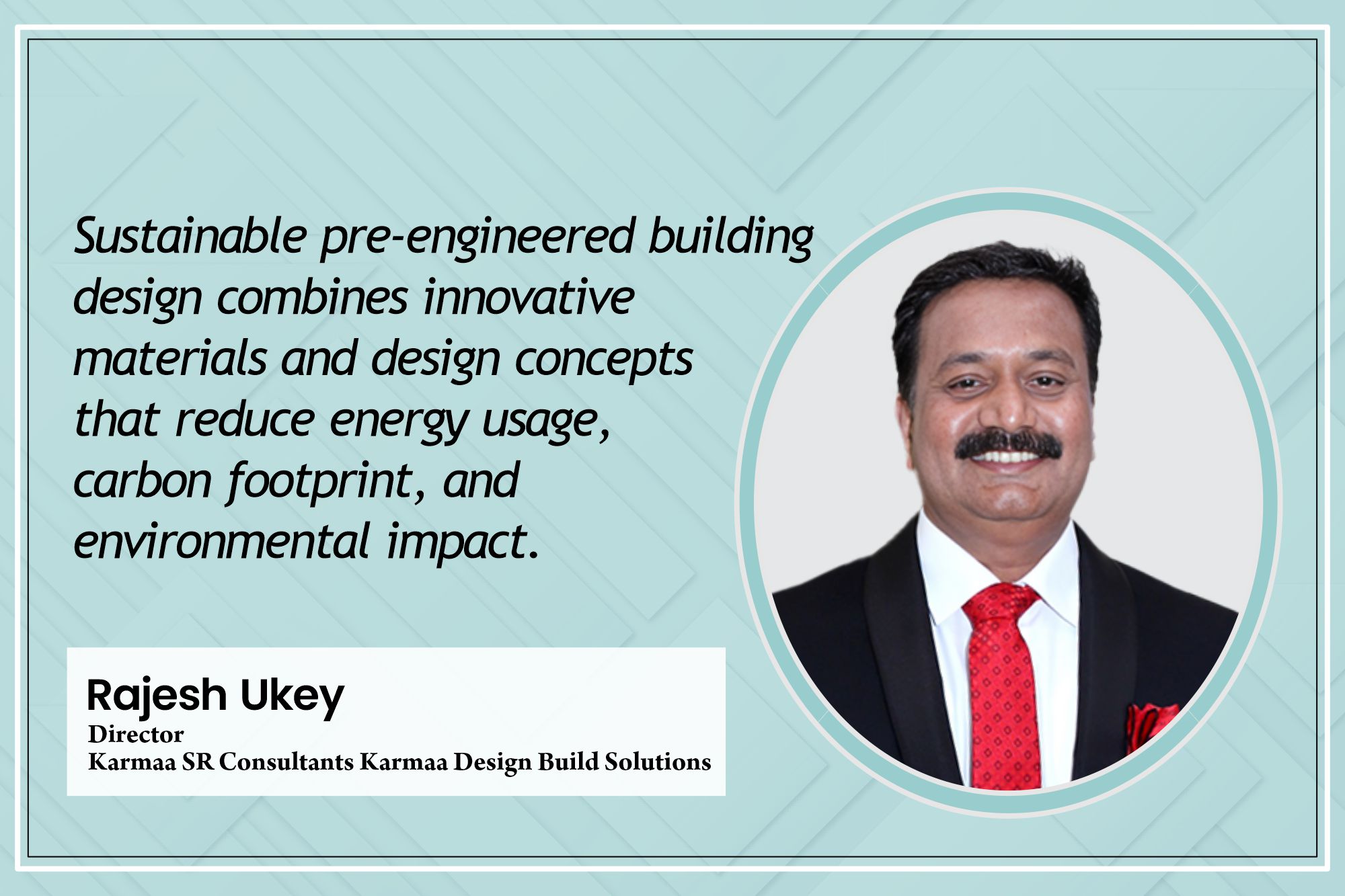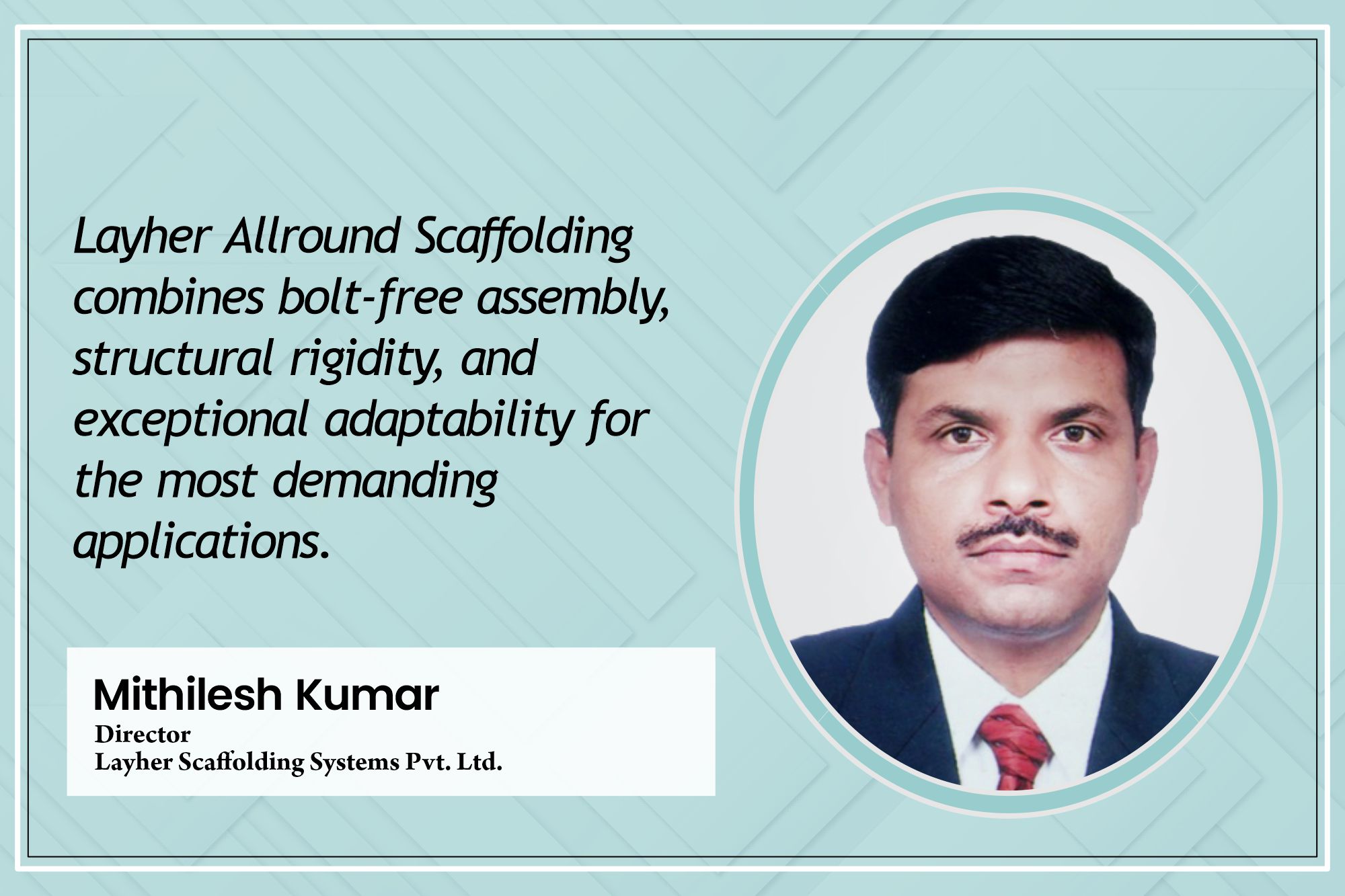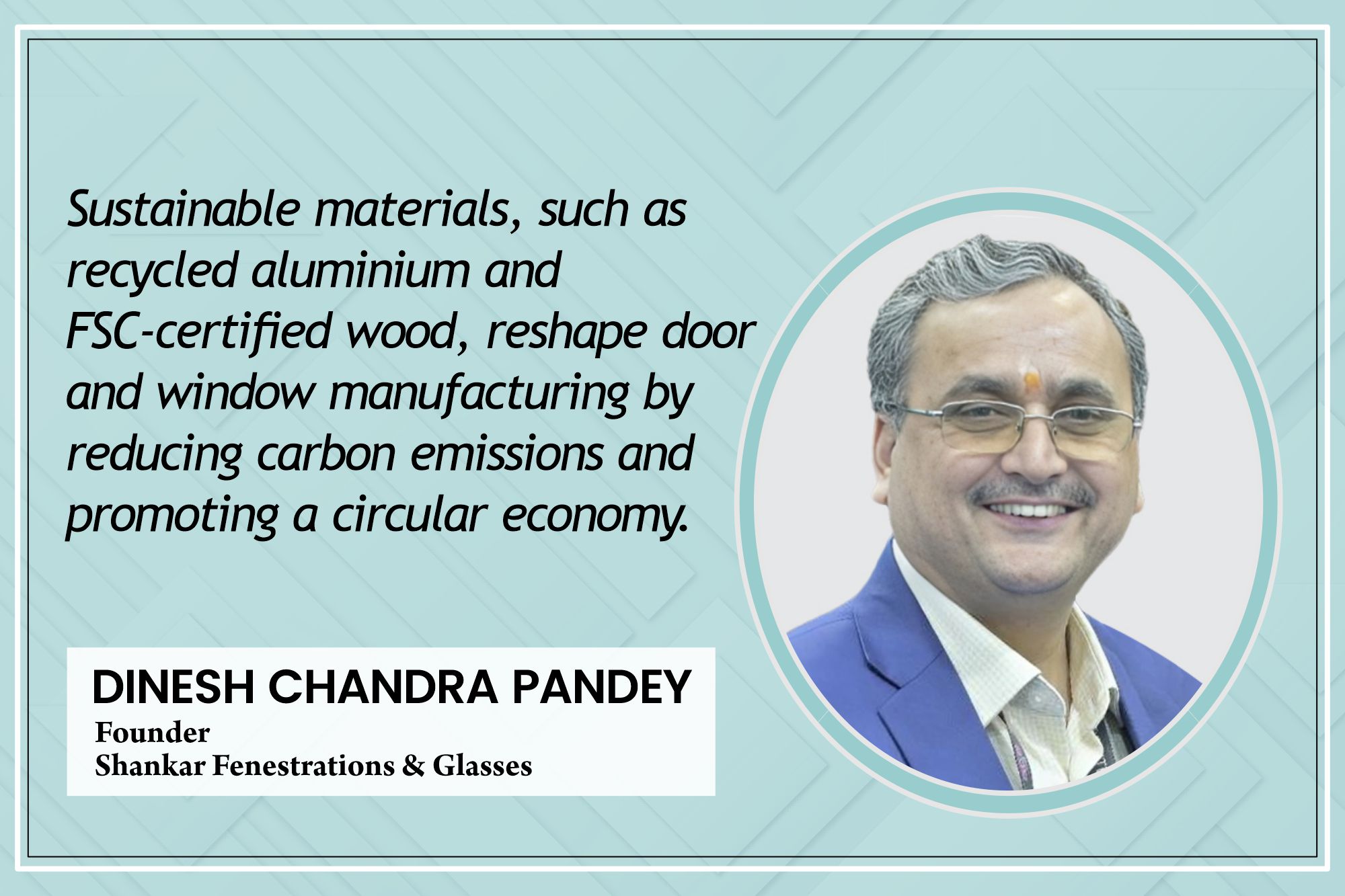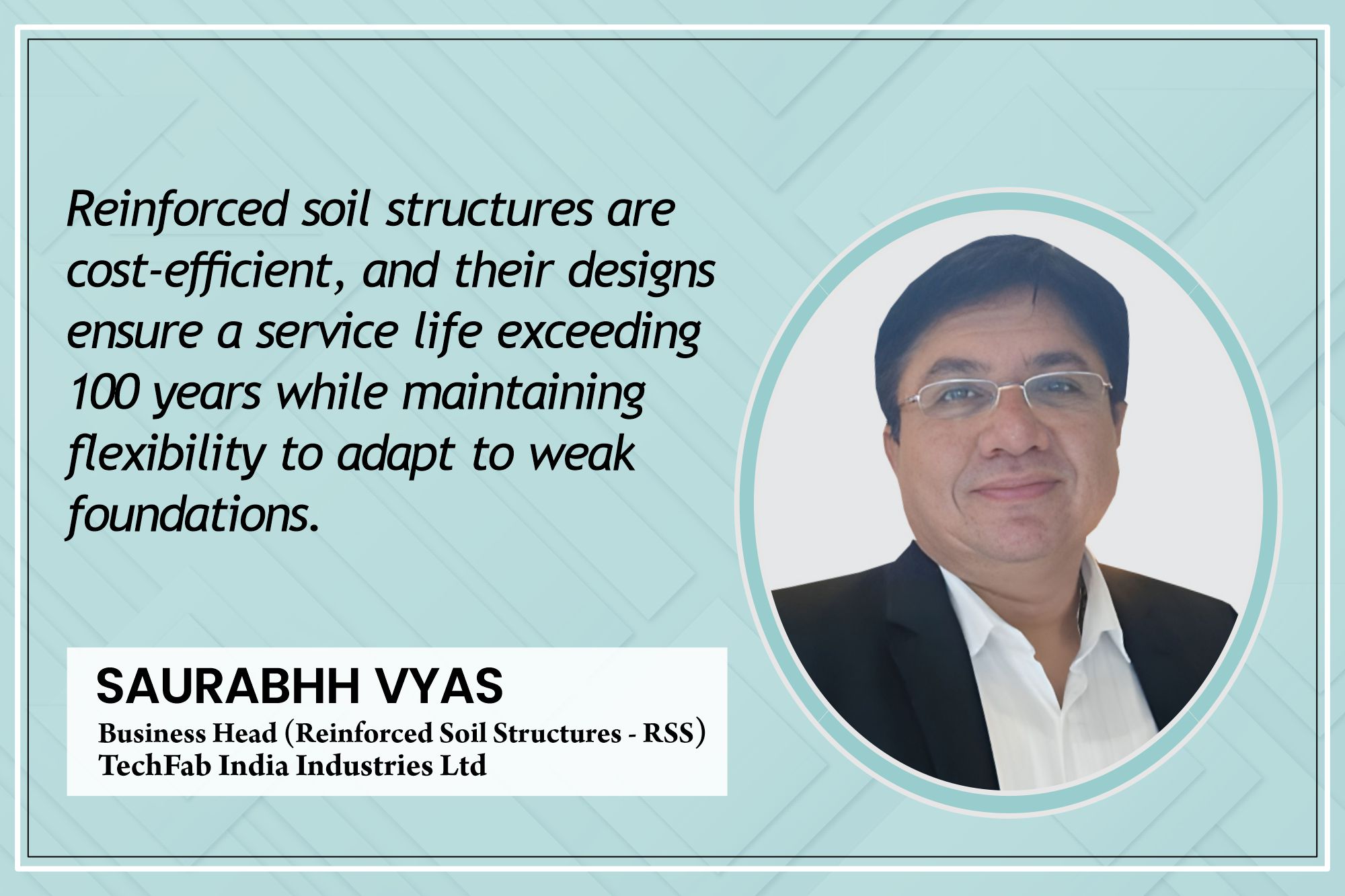Digital intervention is transforming modern pre-engineered buildings
By Edit Team | May 9, 2023 12:44 pm SHARE
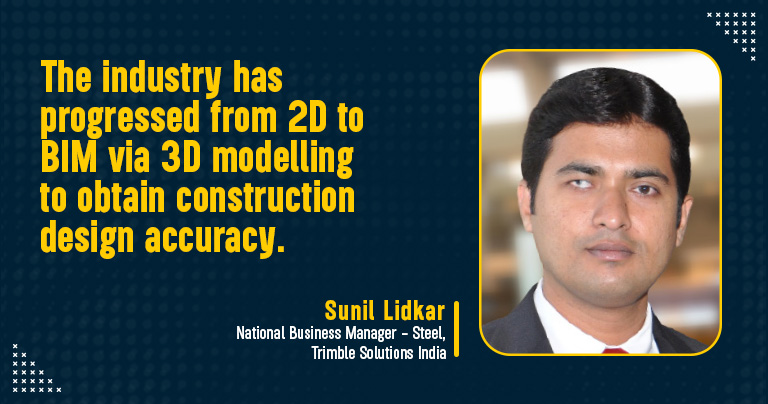
In an exclusive interview with B2B Purchase, Sunil Lidkar, National Business Manager – Steel at Trimble Solutions India, discusses the construction industry’s transition with the emergence of new digital construction technologies.
How have design and aesthetic concepts changed how PEB and rapid construction are approached compared to traditional construction methods?
Traditionally, pre-engineered buildings had a utilitarian look, and aesthetics were not a primary concern. However, with advances in design and construction technology, it is now possible to create pre-engineered buildings that are not only functional but also visually appealing.
As pre-engineered buildings (PEBs) are fabricated remotely in factories and then simply ‘assembled’ on-site, they are inherently more suited for projects with tighter deadlines. This approach is becoming more popular because many cities are now facing congestion, and the roads are often clogged, making transporting raw materials to construction sites challenging.
In terms of design, PEBs are highly versatile and can be adapted to suit different architectural styles and designs, allowing for a wide range of options in terms of building aesthetics. The use of sustainable materials in construction is also becoming more popular, leading to the development of energy-efficient buildings that meet modern design standards.
In what ways does Tekla technology aid in the design and construction of PEB structures, and how does it differ from other software tools?
Tekla is the world’s leading construction software provider and its flagship modelling software, Tekla Structures, has several specialised tools and features to support the design and construction of PEBs.
What sets Tekla’s software truly apart is its ability to integrate seamlessly with other design software, making it easier to incorporate existing design frameworks, processes or methodologies. This seamless integration enables engineering or construction companies to streamline the entire design, build, and fabrication process, making it faster and more efficient.
This unified approach helps reduce errors, avoid discrepancies, and speeds up the construction process, resulting in faster project completion and increased efficiency. Further, the use of a single platform for all stages of a project – from design to fabrication and erection – can also unlock hidden efficiencies.
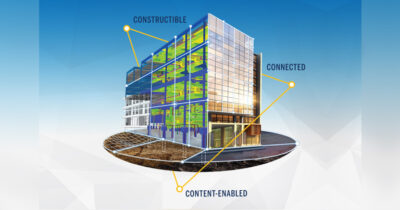
How are Tekla and BIM impacting the speed and efficiency of PEB construction?
While the fundamental point of adopting PEBs is their suitability for rapid construction, even the process of PEB construction can be made much faster and more efficient by connecting the four major phases of design, detail, fabricate and construct, for seamless information exchange and real-time collaboration.
Here, Tekla’s BIM software shines through with the use of “open BIM”, which means that the detailed models created by Tekla are not restricted to a particular system and can be seamlessly accessed by other software that also integrates the ‘open BIM’.
In addition, Tekla Structures offers advanced capabilities such as Bill Of Materials (BOM) generation, multiple material modelling, and purchasing, which further streamline and optimise the design, build, and fabrication process. One significant benefit of using Tekla is the ability to replicate the in-house model with different departments, vendors, or subcontractors, minimizing errors onsite and avoiding material waste. This approach helps deliver projects on time and within budget, thus maximizing the benefits of adopting PEBs in the first place.
What other technological advancements do you see on the horizon for this field?
The construction industry may have been a late starter in embracing technologies, but the pace of adoption has rapidly accelerated in recent years. The industry has already come a long way from the time when drawings were converted into digital formats or 3D modelling was considered cutting-edge. Now, Building Information Modelling (BIM) is widely considered a foundational requirement for undertaking any new construction project.
BIM creates advanced 3D models that are embedded with all the properties of a particular structure. For example, a wall in a BIM model is not just a wall but includes details such as ball, right-break rebar, masonry, and more. This level of detail enables accurate information about the weight and section of a structure, making planning and execution more efficient.
However, progressive organizations are also realising that simply creating a BIM model is not enough; it’s equally essential to ensure that the model fits precisely onto the actual structure – a concept known as ‘digital twin’.
Towards this end, Augmented Reality (AR) and Virtual Reality (VR) tools are now being deployed along with total stations to simulate the model’s placement on the project site, which helps in not only identifying any errors before a single brick is laid but also ensuring the design’s feasibility on the ground.

What standard maintenance and O&M issues arise with custom PEB structures, and how can they be addressed to ensure longevity and safety?
We had several seminars focusing precisely on custom PEB structures and their maintenance during the Roof India Expo. At a broad level, we must remember proper maintenance practices to prevent steel that is exposed to sunlight from corroding. There are various aspects to keep in mind and work towards for ensuring maximum safety and longevity, starting with improving the 3D modelling process and deciding how to paint or coat the structure for better results.
In fact, the same 3D model that was used for design or detailing can later be used to expand and maintain the finished structure. For instance, if an airport or railway structure needs to expand from 9 feet to 12 feet and eventually to 15 feet, the same BIM model can be used to build the expansion. In essence, a well-detailed model created by advanced software like Tekla Structures can easily help maintain and expand a structure.
What digital development does Trimble Inc. see with Tekla Structures?
Tekla Structures continues to be the E&C industry’s most advanced BIM modelling software. We at Trimble are committed to maintaining this position and are therefore driving significant digital advancements with Tekla Structures with our unique 3C approach to digitalised construction: Connected, Content-enabled, and Constructible.
We are also therefore constantly integrating or enabling support for new technologies like AR, VR and cloud-based collaboration to make Tekla Structures even more valuable for the industry players. Further, complementing Tekla Structures is the industry’s most comprehensive and tightly integrated portfolio of hardware, software and services for the construction industry.
Trimble is today focused on delivering seamless integration from the project office to the field. Our collaboration with Microsoft to bring Hololens and virtual models to the field is but one example of this focus.
For more details visit: https://www.trimble.com/en
Cookie Consent
We use cookies to personalize your experience. By continuing to visit this website you agree to our Terms & Conditions, Privacy Policy and Cookie Policy.




